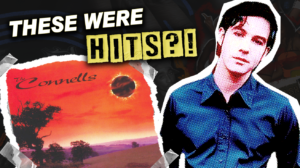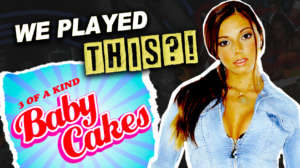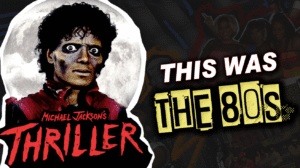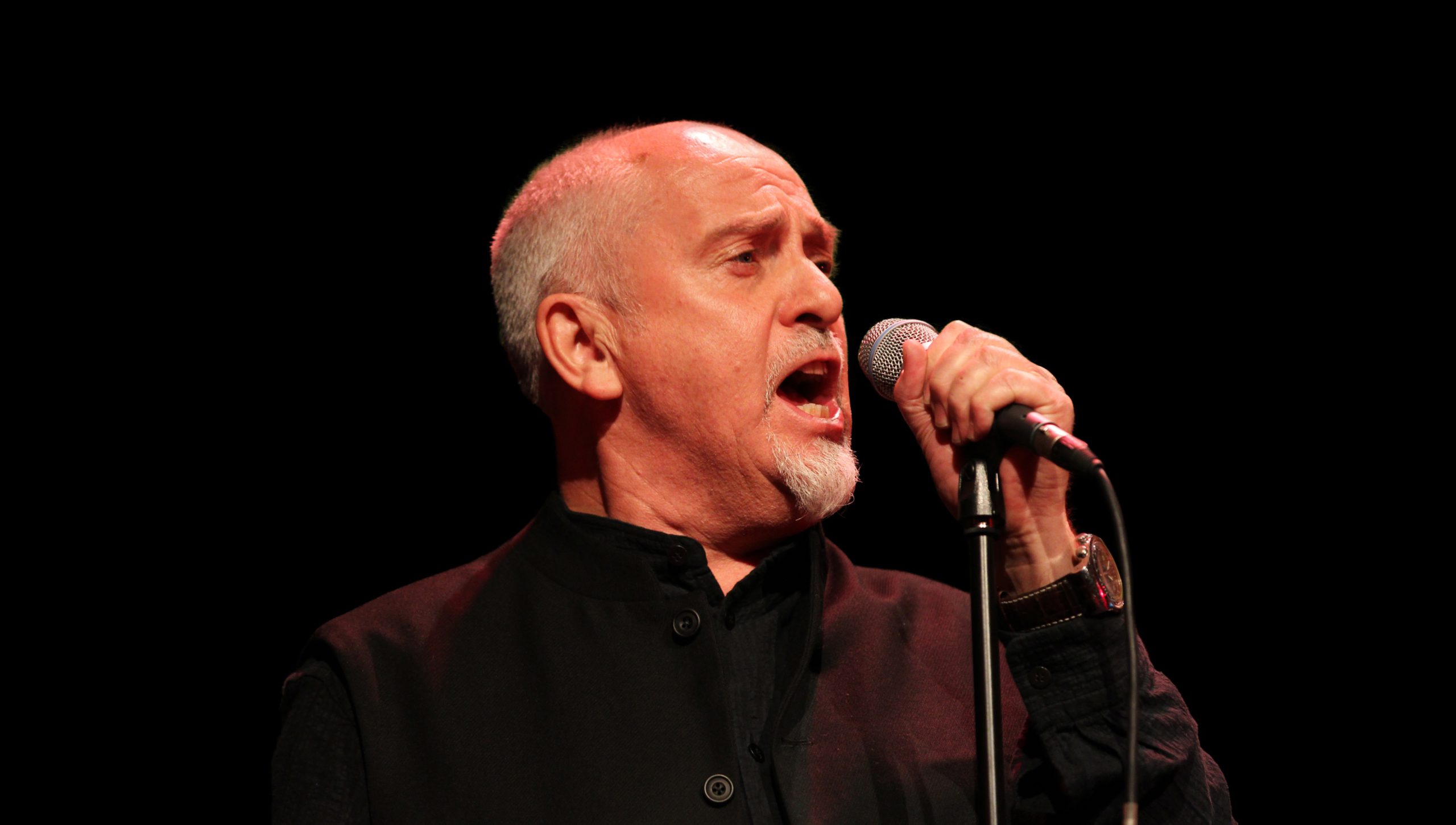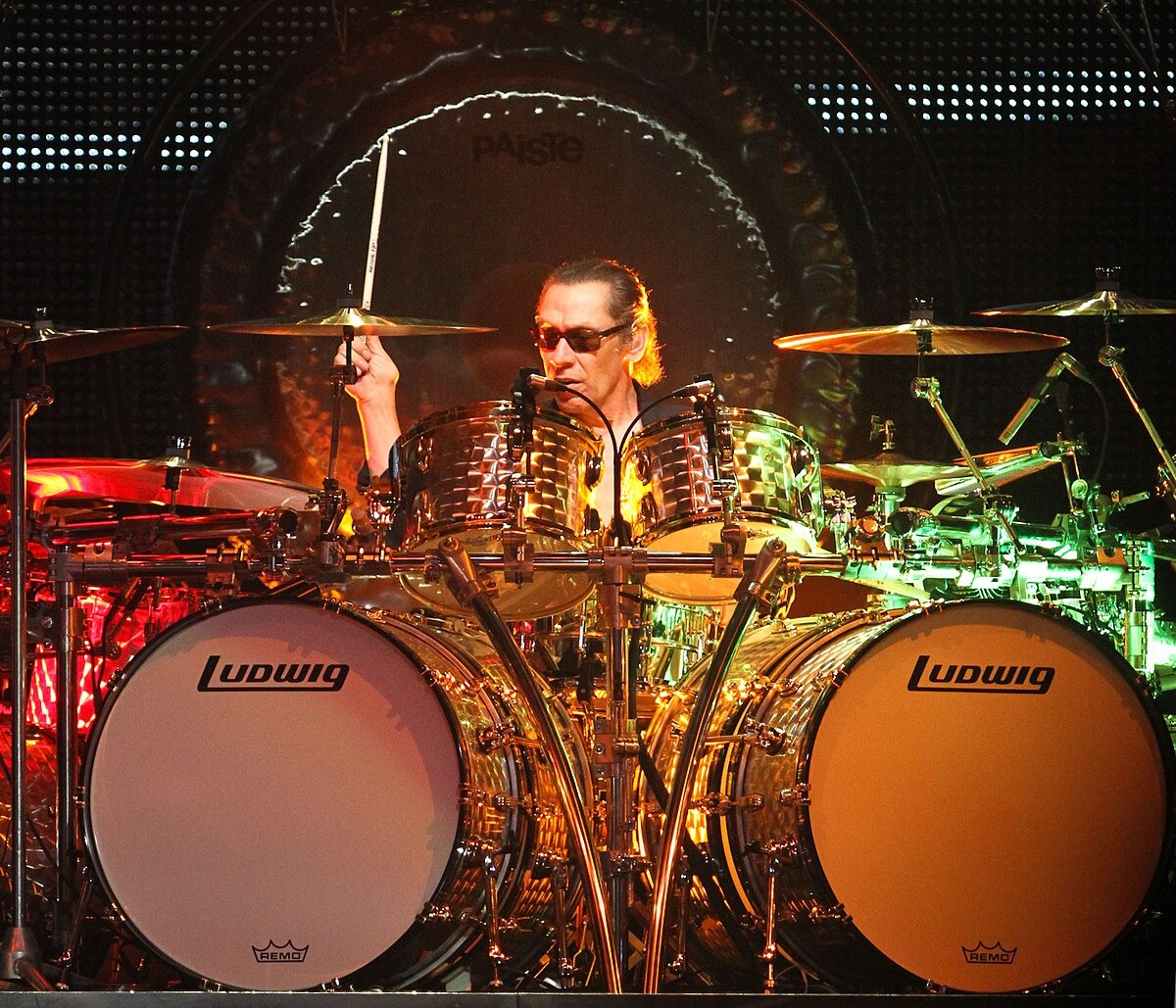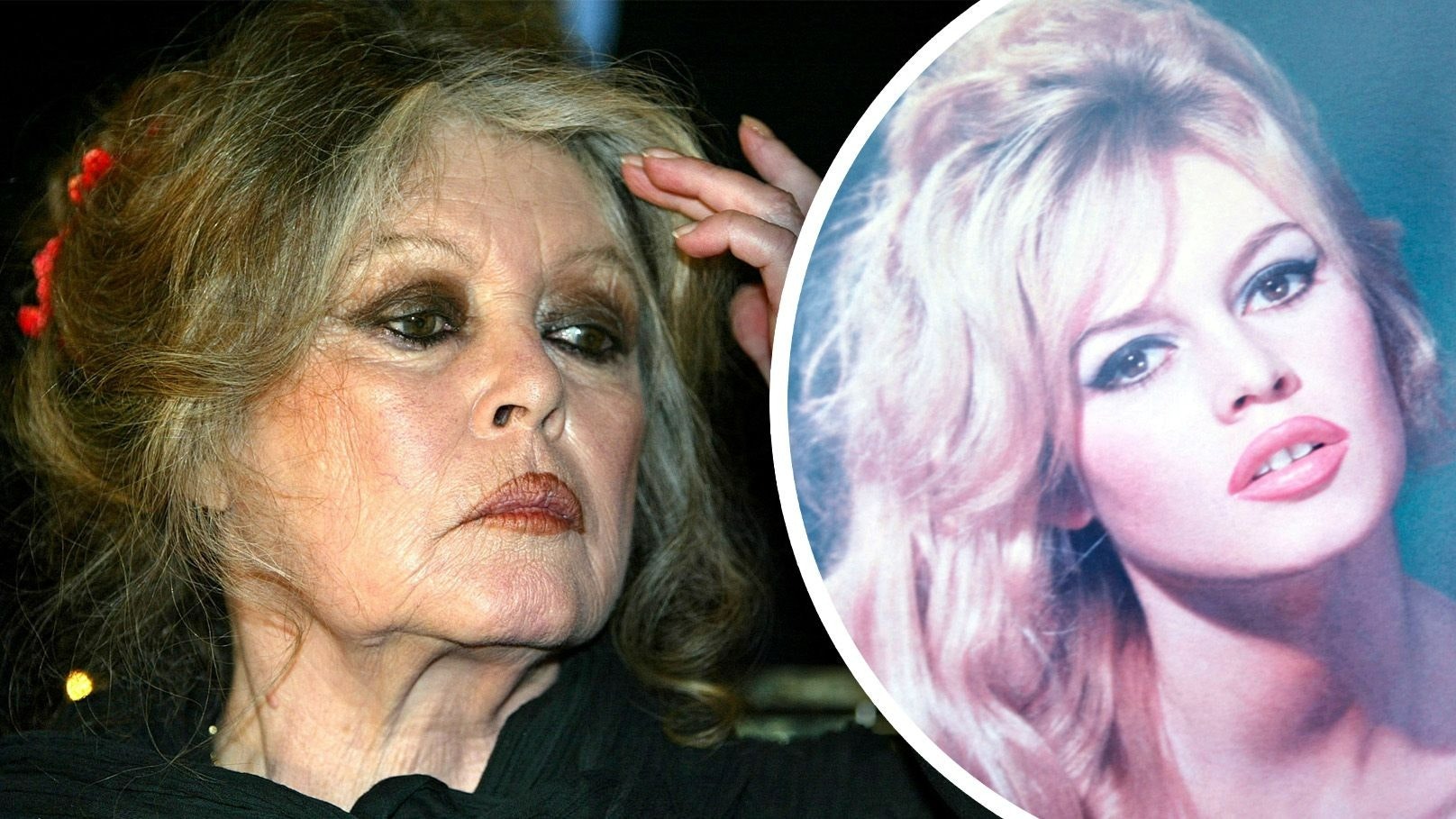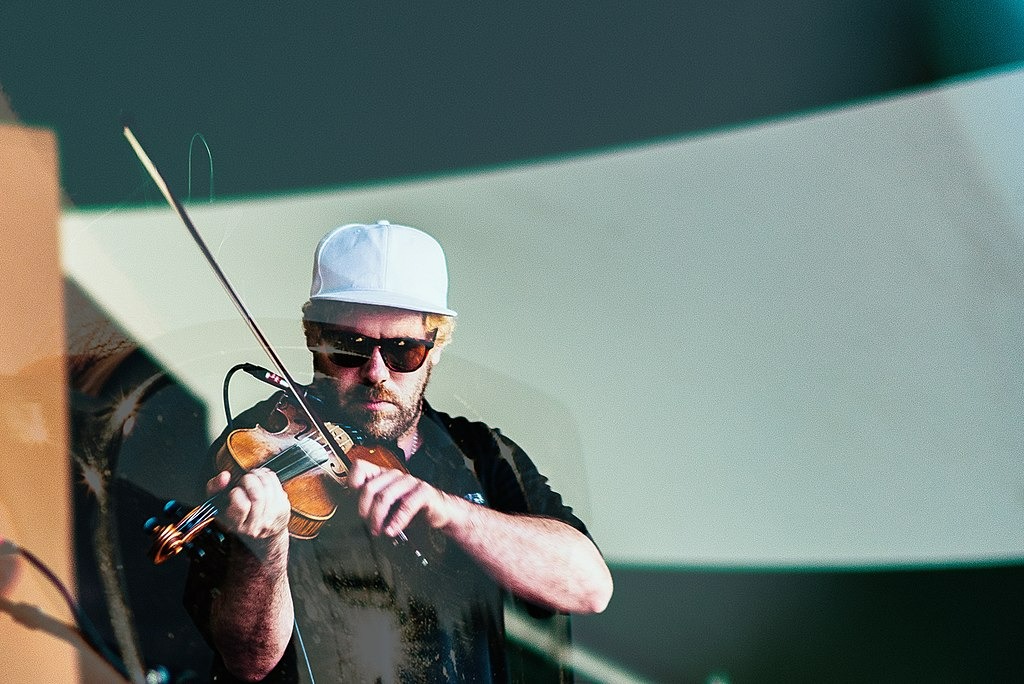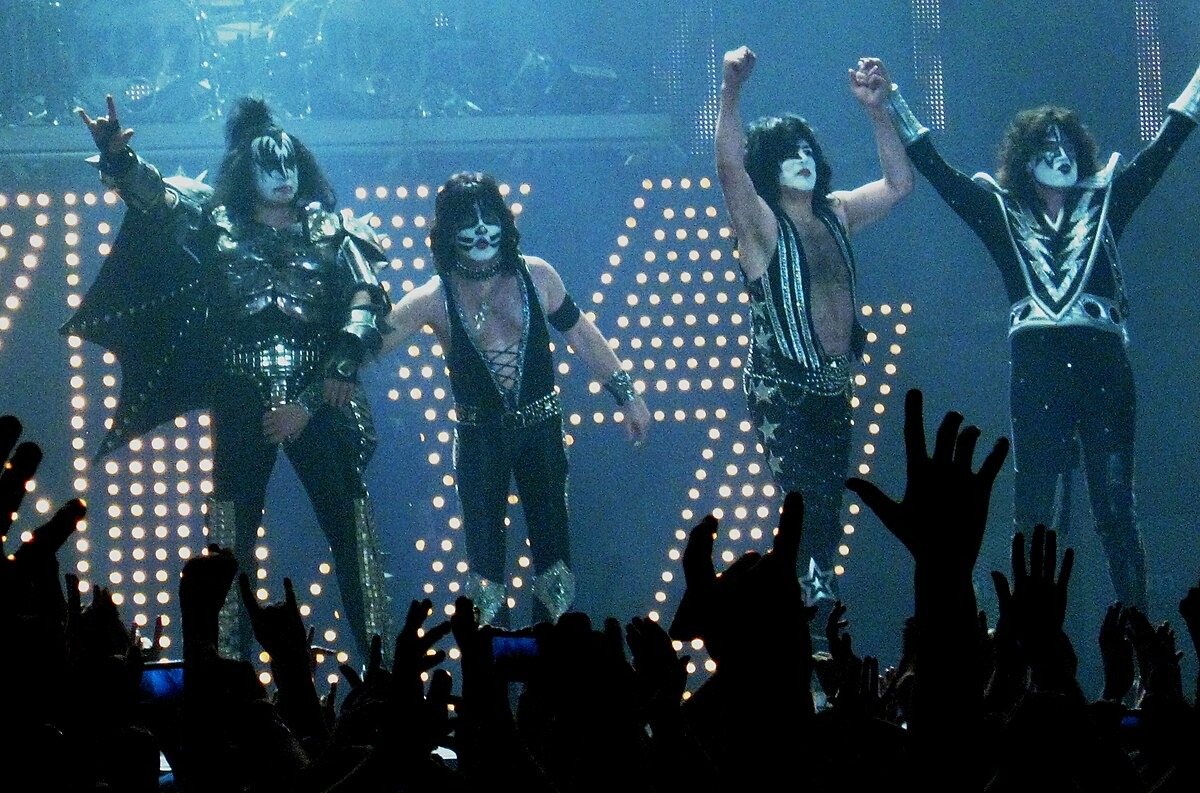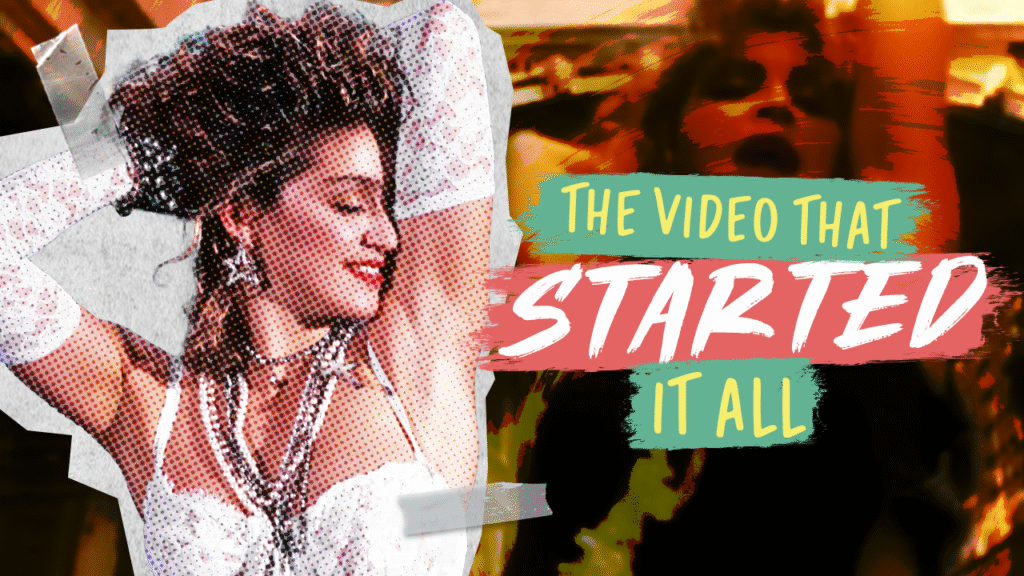
August 1, 1981 changed everything. MTV launched at 12:01 AM with “Video Killed the Radio Star.” Suddenly musicians weren’t just making songs. They were crafting visual statements that could make or break careers overnight. The channel became culture’s new kingmaker. Artists transformed into household names through three-minute films that played on repeat. These videos didn’t just accompany the music—they redefined pop stardom itself. From Michael Jackson’s horror movie spectacle to Madonna’s calculated provocations, the best MTV videos created visual languages that still influence artists today. Here are the clips that proved images could be just as powerful as any guitar solo.
12. Thriller – Michael Jackson’s Cinematic Game-Changer
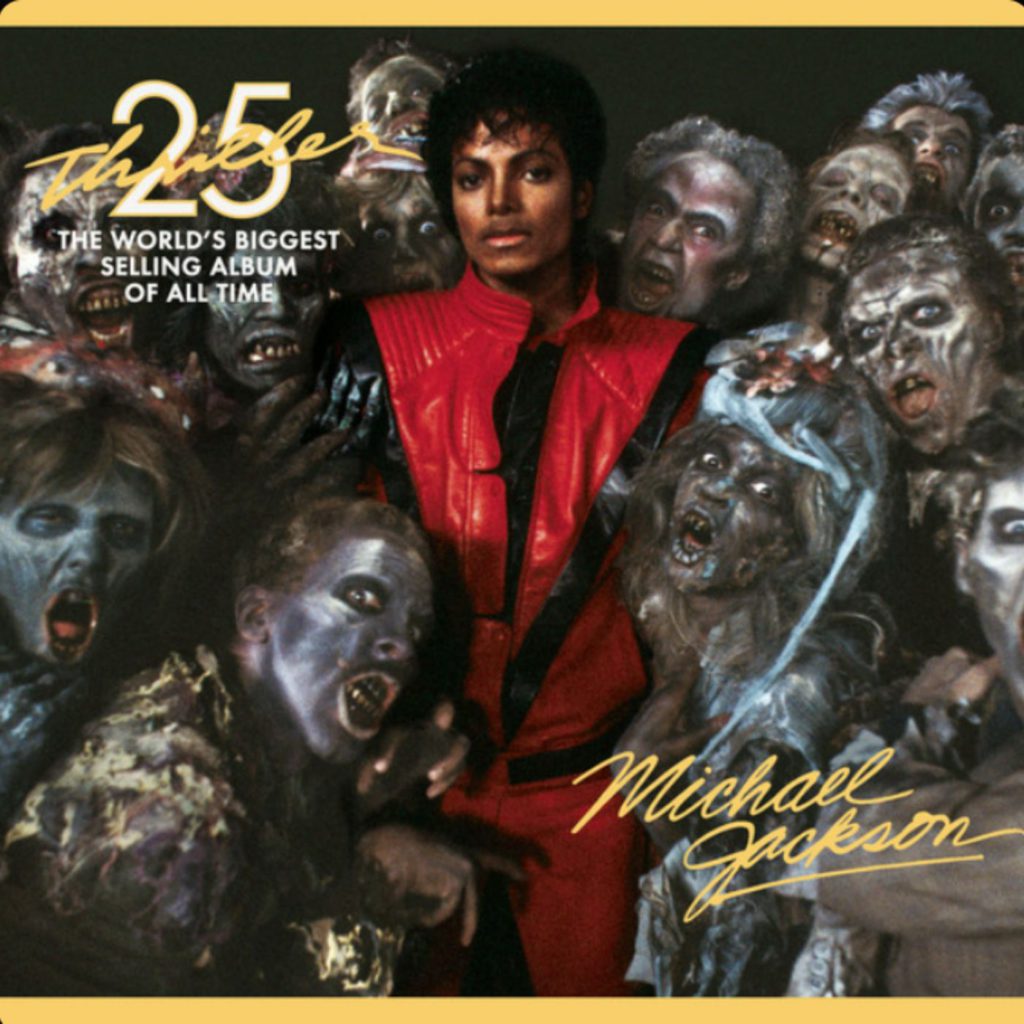
Michael Jackson‘s “Thriller” obliterated every assumption about what music videos could accomplish. Released December 2, 1983, this 13-minute horror spectacle brought Hollywood production values to a medium most artists treated as promotional afterthoughts. Director John Landis crafted something that felt more like a blockbuster movie than a music clip.
The impact was seismic and immediate. “Thriller” resurrected an album that had been cooling on the charts. It sparked a second wave of sales that helped make it the best-selling album of all time. Jackson’s red leather jacket and synchronized zombie choreography transcended music to become cultural DNA that still replicates decades later.
11. Sledgehammer – Peter Gabriel’s Stop-Motion Masterpiece
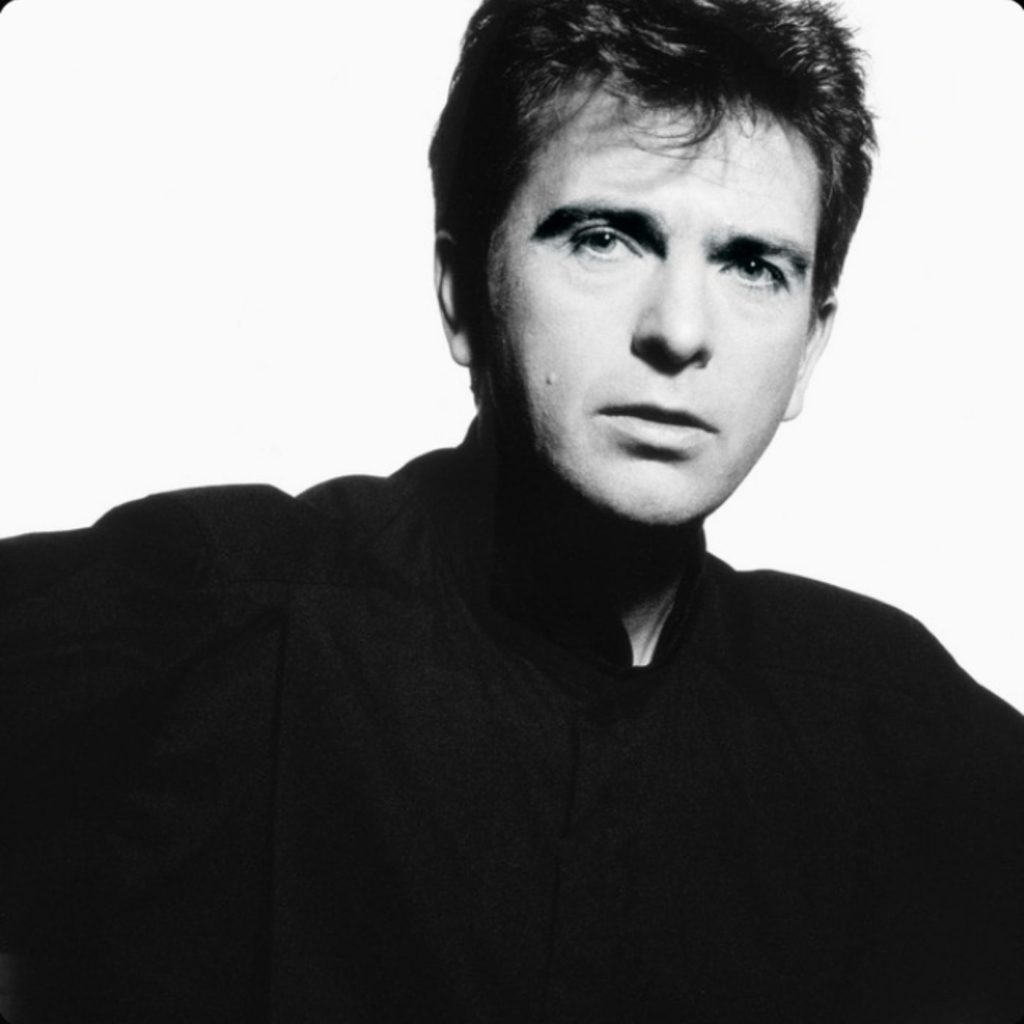
Peter Gabriel subjected himself to hours under hot studio lights. He lay perfectly still while Aardman Animations meticulously crafted a surrealist wonderland around him, one painstaking frame at a time. The result became MTV’s most-played video ever. It transformed everyday objects into characters in Gabriel’s bizarre visual symphony.
Fruit faces morphed into train sets while raw meat danced across the screen. Each sequence required extraordinary patience—a few seconds of footage represented entire days of work. This labor-intensive approach feels revolutionary in today’s era of quick-cut digital effects. It proved that artistic vision could elevate music videos from promotional tools to standalone masterpieces.
10. Take On Me – a-ha’s Animated Romance
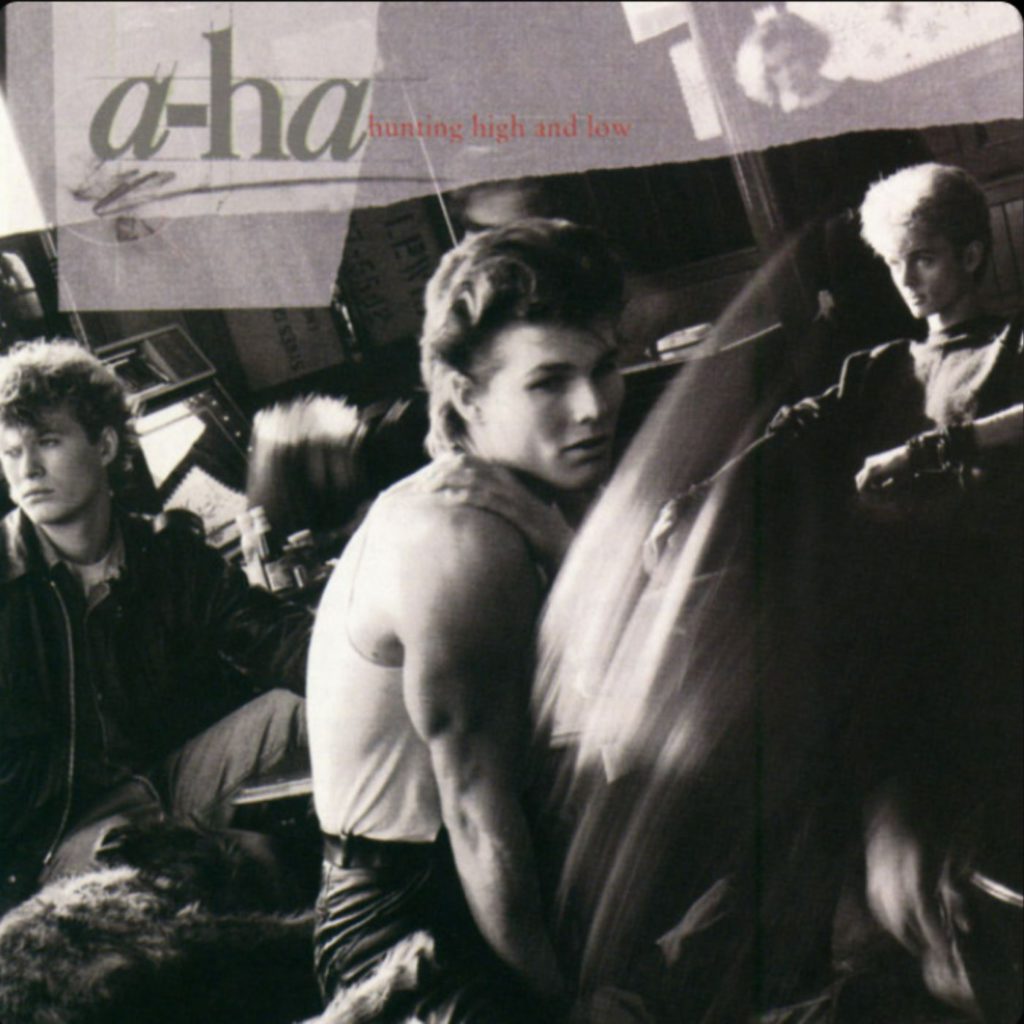
A-ha‘s “Take On Me” masterfully blended animation with live action through rotoscoping. The technique created one of music’s most memorable visual narratives. The 1985 video transformed reality into a pencil-sketched dreamworld where dimensions collided and love conquered physics.
The story follows a reader pulled into a comic book romance. She escapes back to reality with her illustrated lover in pursuit. Technical achievement aside, what truly resonated was the emotional core—a love story that transcended mediums. The video elevated an already infectious synth-pop track into something magical, helping propel the Norwegian band to international stardom.
9. Money for Nothing – Dire Straits’ Digital Frontier
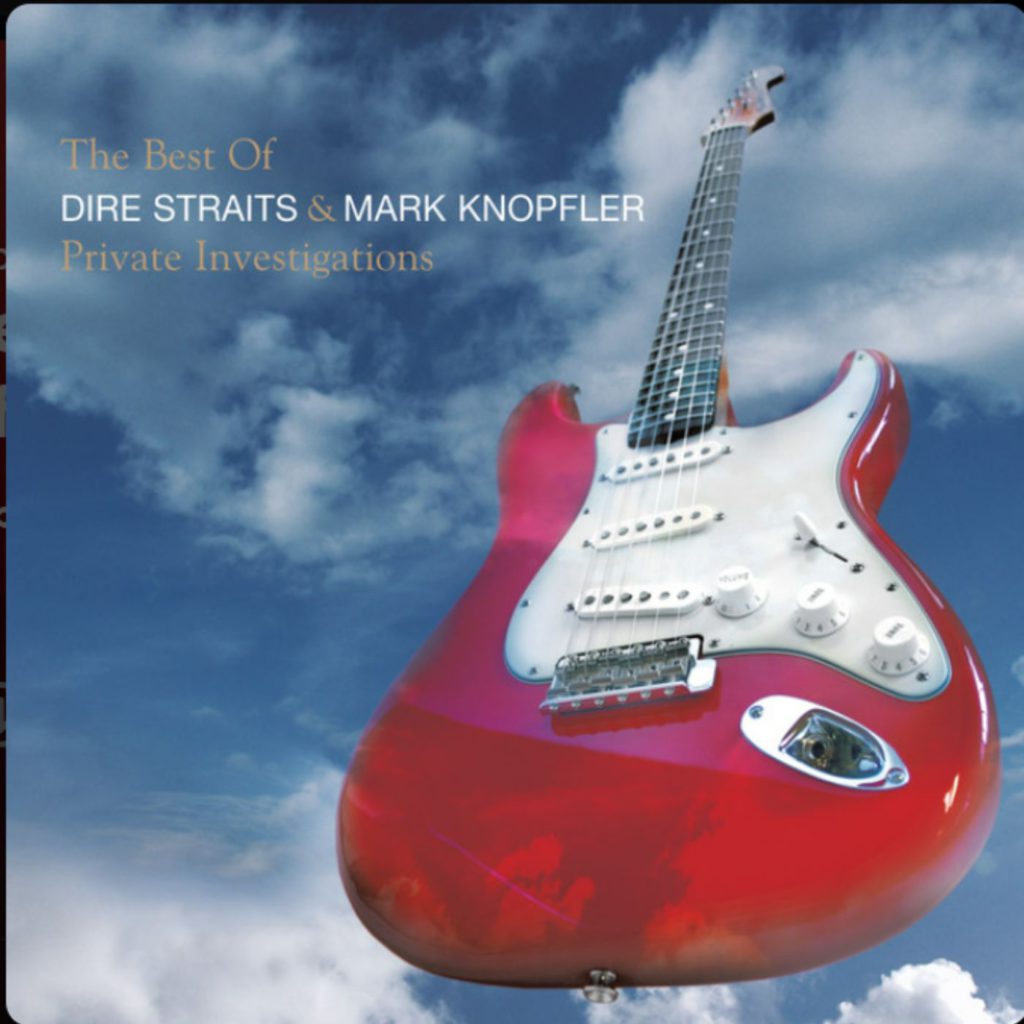
“Money for Nothing” crashed into living rooms in 1985 with computer animation that looks primitive today. At the time, it was absolutely mind-blowing. Director Steve Barron convinced reluctant frontman Mark Knopfler to embrace the new medium with groundbreaking CGI. The video won Video of the Year at the 1986 VMAs.
Blocky, neon-outlined characters moved against stark backgrounds. They represented the bleeding edge of technology. The video’s innovation perfectly complemented lyrics that satirized the very medium it was pioneering—meta commentary on MTV culture delivered through MTV itself. This self-awareness, combined with visual breakthrough, helped propel Dire Straits to global superstardom.
8. Walk This Way – Run DMC and Aerosmith’s Genre-Smashing Collaboration
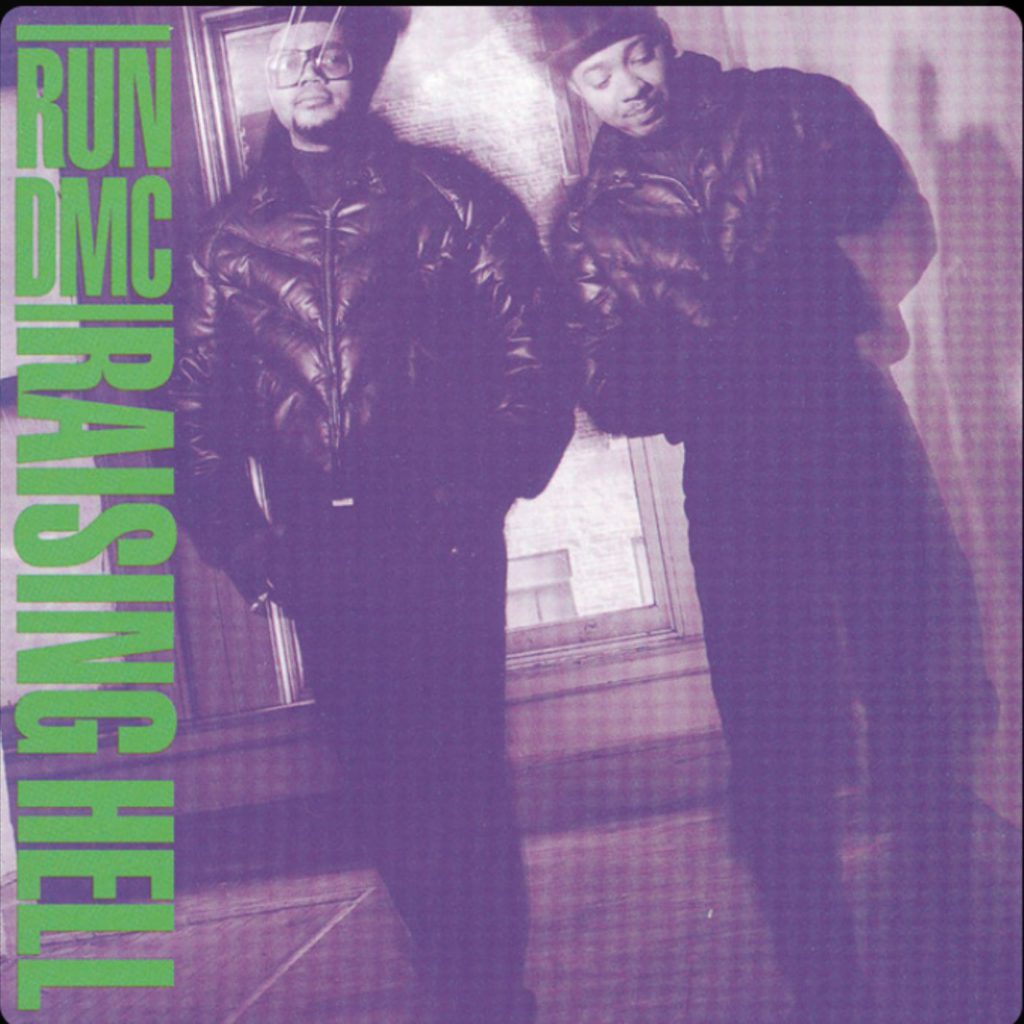
Run DMC and Aerosmith literally broke down the wall separating their rehearsal spaces. They staged a symbolic destruction of barriers between rock and hip-hop. Director Jon Small brilliantly visualized the genre fusion happening in the track itself, creating one of music’s most effective collaboration videos.
The partnership revitalized Aerosmith‘s career while expanding Run DMC‘s audience far beyond hip-hop’s traditional boundaries. Steven Tyler and Joe Perry traded energetic performances with Run, DMC, and Jam Master Jay. They created a visual handshake between musical worlds that had previously existed in separate universes. This cultural bridge-building exercise paved the way for countless genre-blending experiments.
7. Like a Virgin – Madonna’s Provocative Statement
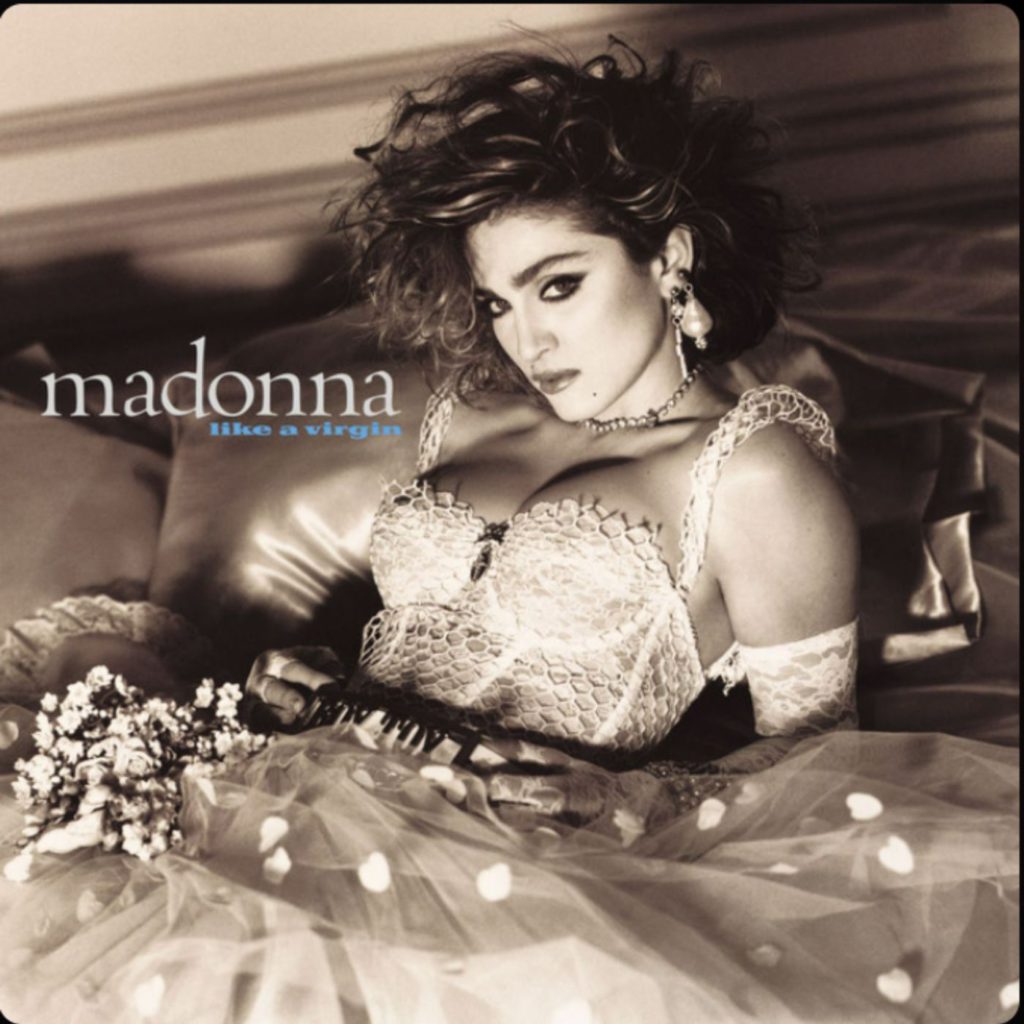
Madonna transformed Venice’s ancient canals into a stage for calculated provocation. She dressed alternately in virginal white and sexually assertive black. Madonna played with contradictions while gondolas glided through the historic city. Her writhing performances and knowing glances directly challenged conservative sensibilities about female sexuality.
The genius lay in deliberate ambiguity—empowerment or exploitation? Art or attention-seeking? The debate itself became part of Madonna‘s brand. It established her as a master of controversy who could spark cultural conversations while climbing charts. The video established her visual language of religious imagery mixed with sexual liberation.
6. Girls Just Want to Have Fun – Cyndi Lauper’s DIY Celebration
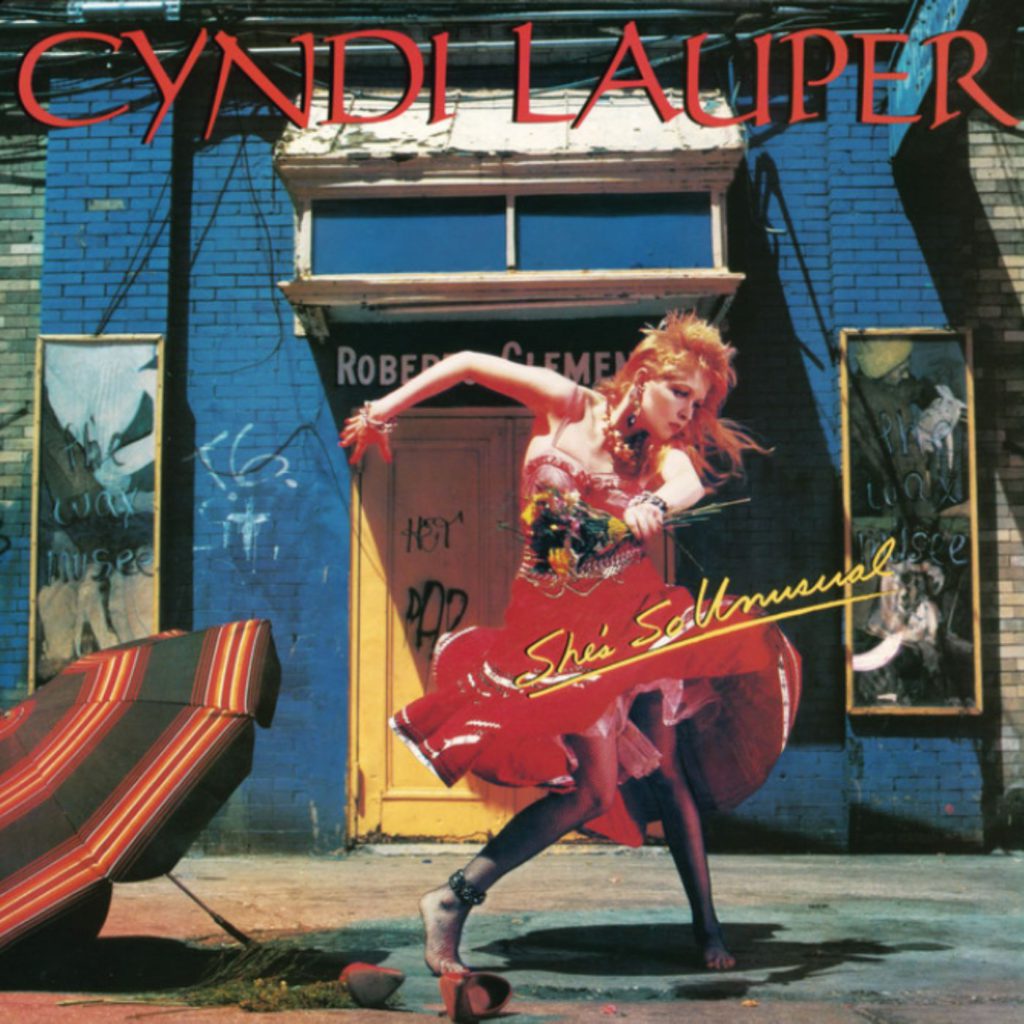
Cyndi Lauper proved that authenticity trumps budget with “Girls Just Want to Have Fun.” The video was shot guerrilla-style with borrowed equipment and volunteer participants. It captured genuine joy that expensive productions often fail to achieve. Lauper’s rainbow hair, thrift-store fashion, and uninhibited energy created an instant visual signature.
The DIY aesthetic reflected the song’s democratic spirit. Friends danced through New York streets and apartments. This wasn’t about unattainable glamour but everyday women claiming their right to pleasure and self-expression. The authenticity resonated globally, establishing Lauper as the quirky, colorful counterpoint to Madonna’s calculated provocations.
5. Hungry Like the Wolf – Duran Duran’s Exotic Adventure
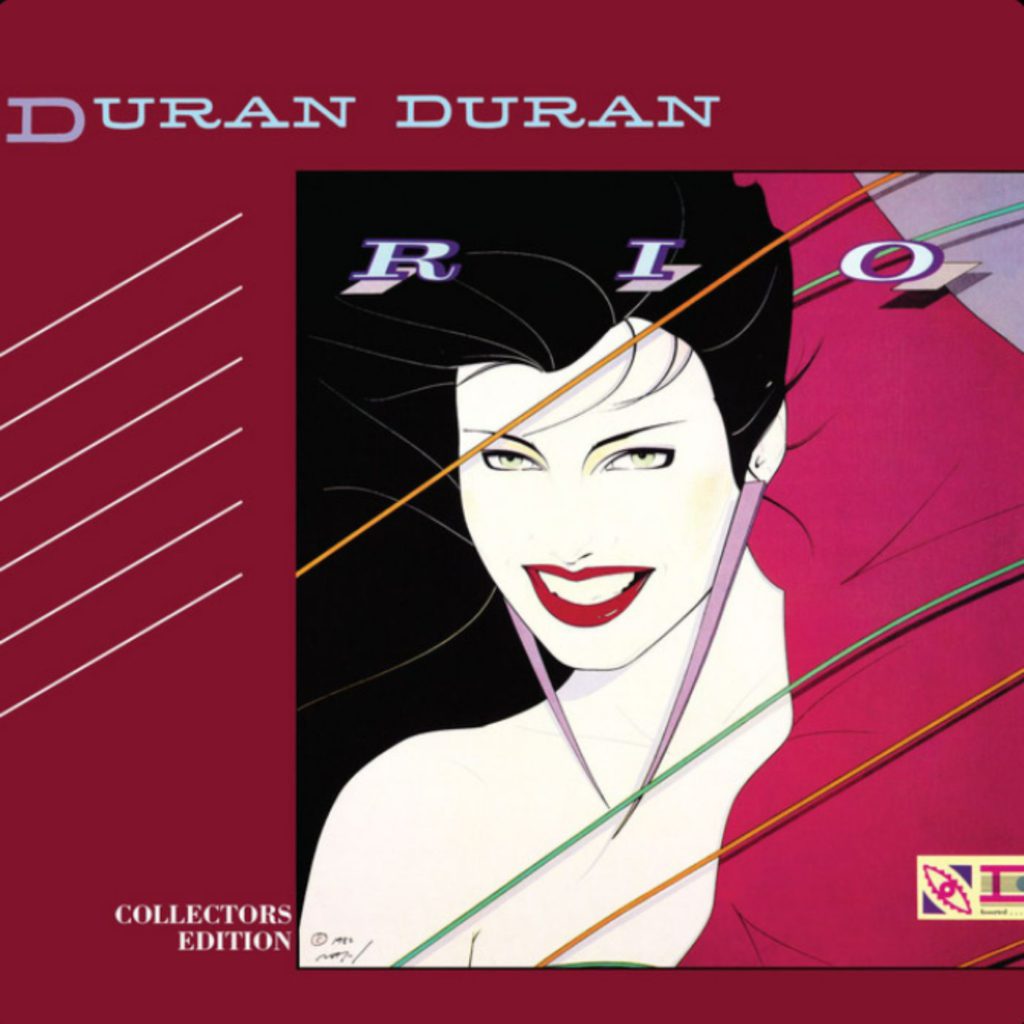
Duran Duran‘s “Hungry Like the Wolf” transformed music videos into high-concept adventures that could launch international careers overnight. Shot in Sri Lanka with director Russell Mulcahy, the video presented Simon Le Bon as a colonial explorer pursuing a mysterious woman through exotic markets and jungles.
Before MTV, Duran Duran struggled for recognition outside the UK. After “Hungry Like the Wolf” went into heavy rotation, they became global superstars almost instantly. The video’s cinematic quality and narrative structure created a template for visual ambition that countless bands would follow. It demonstrated MTV’s kingmaking power.
4. You Gotta Fight for Your Right to Party – Beastie Boys’ Controlled Chaos
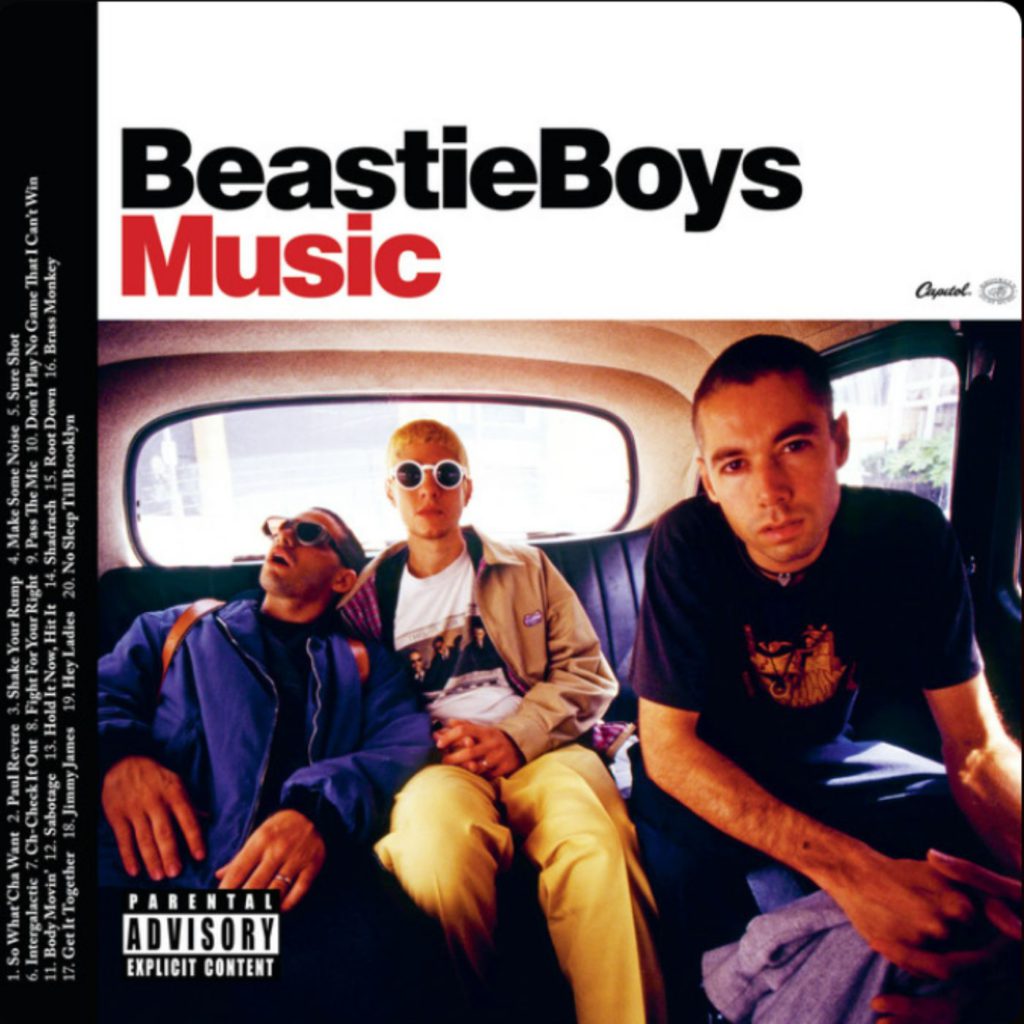
The Beastie Boys created controlled chaos in their breakthrough video. They crashed a staid gathering and transformed it into a raucous party complete with flying food and property damage. The trio’s anarchic energy leapt from screens as they mugged for cameras. They created inclusion that made viewers feel like participants.
What many missed was the video’s satirical edge. The Beasties were simultaneously celebrating and mocking party culture, creating parody that many took at face value. This layered approach became their career hallmark: entertainment with hidden depth. The video’s raw energy perfectly captured adolescent impulses to reject authority.
3. Faith – George Michael’s Solo Reinvention
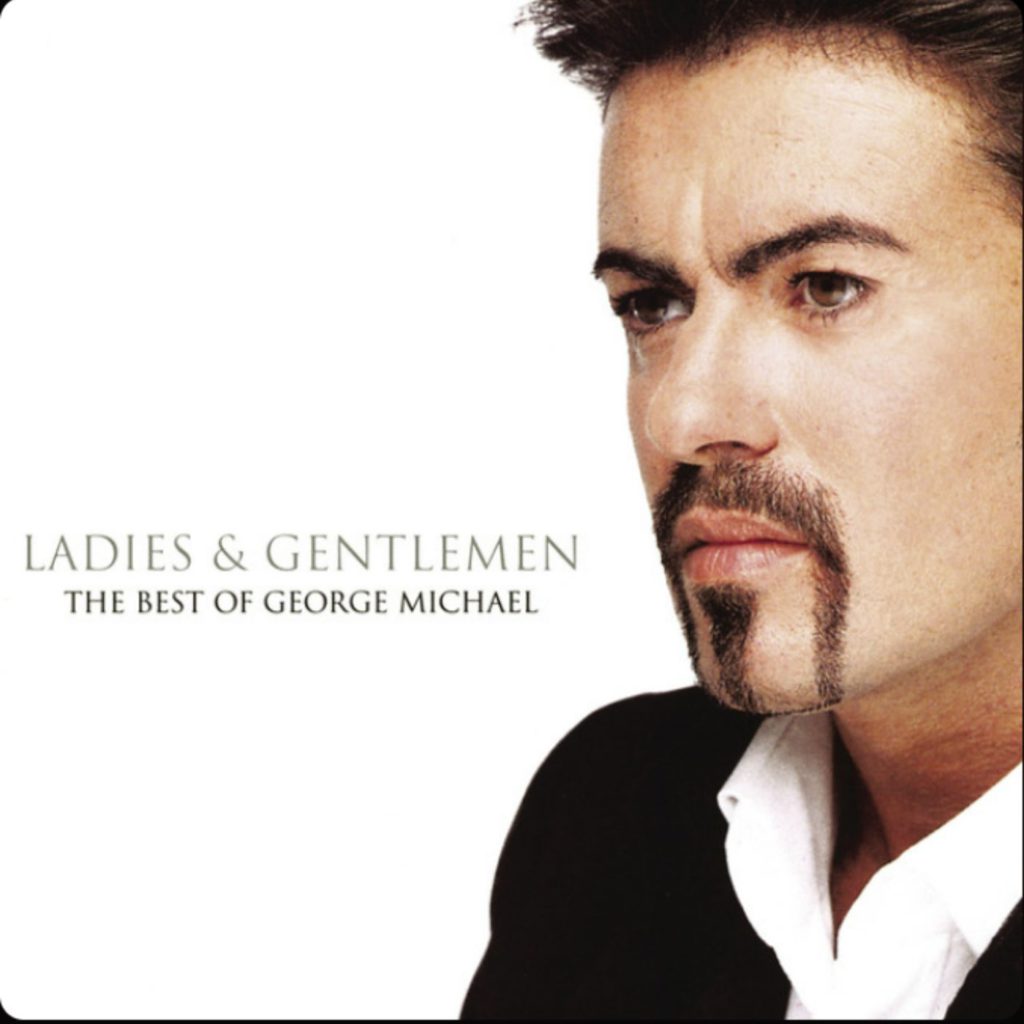
“Faith” announced George Michael‘s solo career with striking visual economy. The leather jacket, tight jeans, aviator sunglasses, and acoustic guitar created an instantly recognizable silhouette. It signaled his transformation from Wham! heartthrob to serious solo artist. Director Andy Morahan kept focus squarely on Michael’s carefully crafted image.
The iconic jukebox opening was followed by Michael’s blue-jeaned backside swaying to the rockabilly beat. It became one of MTV’s most memorable moments. This wasn’t just a music video—it was complete rebranding that helped Michael shed his teen idol image. The strategy worked brilliantly, helping “Faith” become one of the best-selling albums of the 1980s.
2. Like a Prayer – Madonna’s Controversial Masterpiece
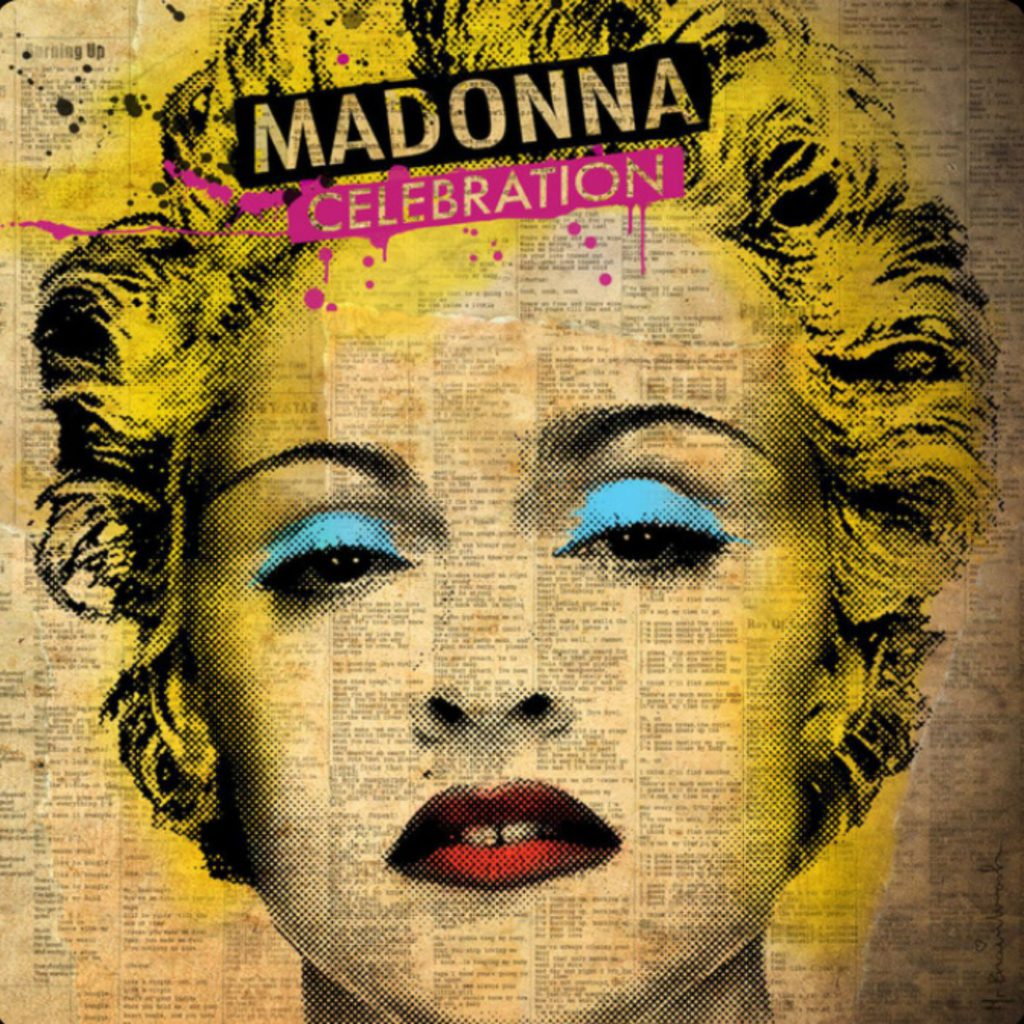
Madonna‘s “Like a Prayer” video detonated a cultural bomb in 1989. It mixed religious imagery, racial commentary, and sexual themes into a provocative cocktail that sparked immediate outrage. Burning crosses, stigmata imagery, and Madonna’s passionate encounter with a Black saint-figure cost her a Pepsi endorsement. The controversy cemented her status as pop’s most fearless provocateur.
Director Mary Lambert crafted multilayered narrative addressing racism, religious hypocrisy, and sexual repression. The controversy amplified the song’s impact, helping it reach number one while generating discussions far beyond music circles. The video demonstrated that pop music could tackle serious social issues while remaining commercially viable.
1. Once in a Lifetime – Talking Heads’ Embrace of Weirdness
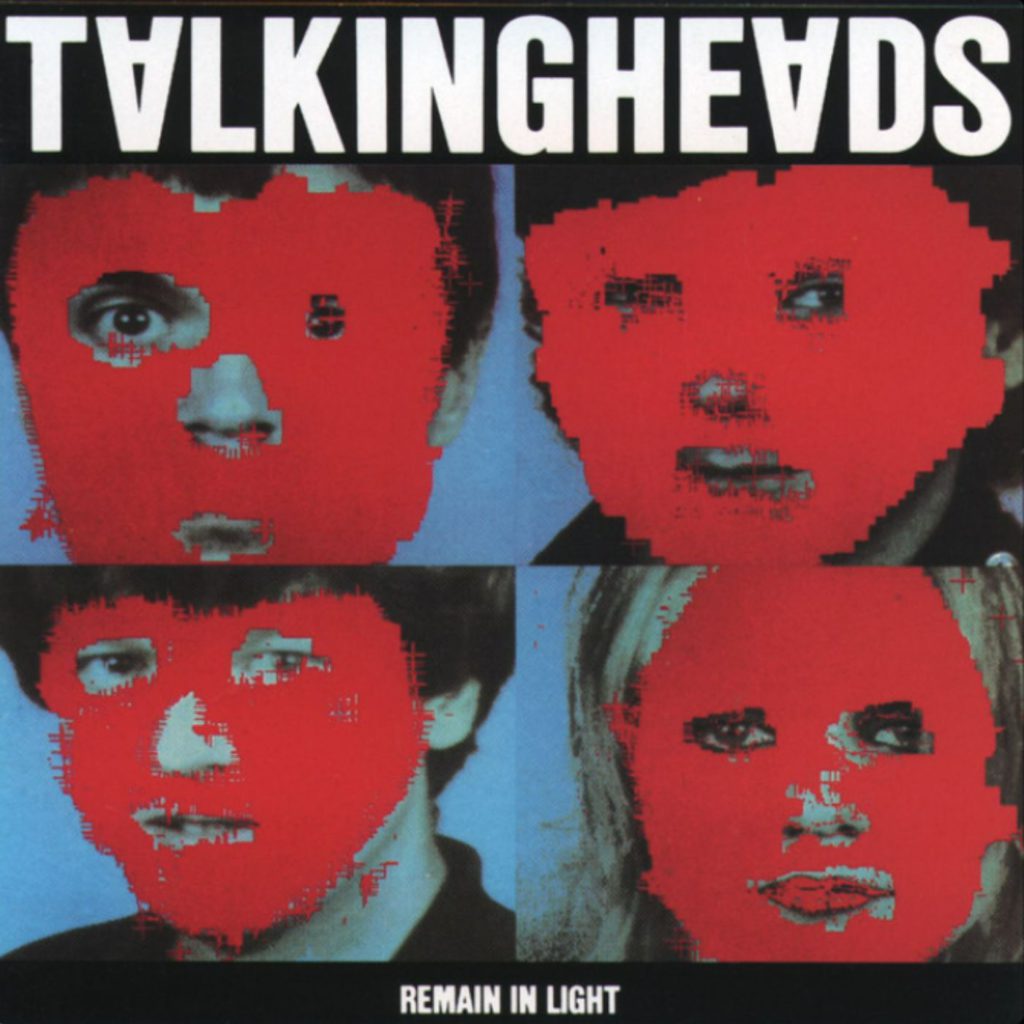
The Talking Heads‘ “Once in a Lifetime” video centered entirely around David Byrne‘s spasmodic, otherworldly movements. The choreography seemed to channel something between an evangelist and an alien studying human behavior. Director Toni Basil helped Byrne develop these distinctive movements. They created visual experience as unconventional as the song itself.
The stark white background and Byrne’s awkward gestures created dislocation that reinforced the song’s themes about unconscious life choices. This commitment to artistic vision over commercial appeal helped establish Talking Heads as intellectual art-rockers. It created one of music video’s most distinctive visual signatures.




